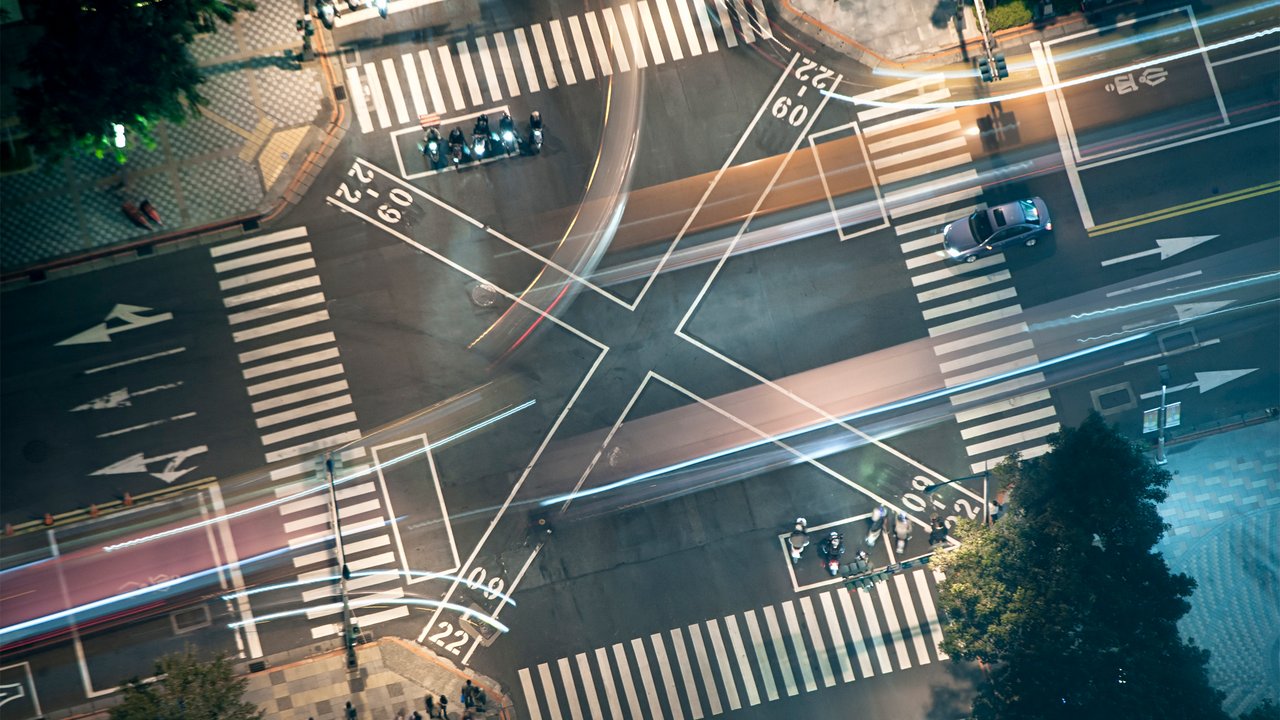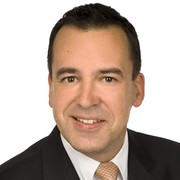
Jochen Friedrichs, Senior Motor Consultant in the Motor Consulting Unit (MCU), on current developments with autonomous vehicles and their implications for the insurance industry.
How would you assess the developments?
The technology is already quite advanced and I imagine that it could have reached production standard in five years' time.
When people talk about autonomous driving, they do not always mean the same thing.
Many think of a wondrous machine on wheels that can effortlessly cope with any traffic situation. At the present, though, the main focus is on the preliminary stages - automated driving on motorways or country roads and automatic vehicle parking, in other words relatively straightforward scenarios in road traffic terms.
How can the different levels of automated driving be defined?
The American National Highway Traffic Safety Administration (NHTSA) has developed scale ranges from 0 to 4, category 0 representing a vehicle without any automated assistance, level 4 describing fully automated driving, either with or without vehicle occupants. Automotive manufacturers and IT companies have the vision of a completely driverless vehicle, not just for people, but also for goods.
This has triggered intense debate in the insurance industry. Two important liability standards currently apply for vehicles: fault-based liability and strict liability. If we transfer this to a driverless scenario, the question arises whether negligence can apply when there is no driver. However, strict liability also applies for driverless robot vehicles. But we will also see losses where liability based on fault would be conceivable, for example that of a third party or a manufacturer.
In this context, many people think there will be a shift in liability towards product liability.
There will certainly be an increase in the number of disputes relating to product liability between claims departments at insurers and manufacturers, suppliers and third-party companies. It will certainly be assumed more often in future that failure of a technical unit or a software error could have triggered an accident. Claims departments in motor insurers will need to take a different approach to this in the future. Specialists with a high level of technical expertise will be needed to identify such cases.
The future situation will also present cover-related problems for motor insurers. What will change?
There will of course be a demand for products that cover the specific new risks. At the same time, insurers need to continue to offer unrestricted cover for accident victims who suffer injuries. Particularly in the highly developed markets, such as the USA and the United Kingdom, and in some markets in Western Europe, insurers need to grow and develop along with the technical possibilities. The new technology will place great demands on product developers, but also on actuaries and the legal department.
In which way these developments will effect on the motor insurance customers and the premiums?
One of the main goals of autonomous driving is to relieve the transport situation in conurbations around the world, and make driving generally safer. Therefore there is good reason to hope that automated driving will significantly reduce the number and extent of claims. We share this expectation. If the basic claims level in a class of insurance is reduced, there will be a corresponding downward movement in premiums.
As a result of the digitalisation of the (auto)mobile worlds, I believe that new insurance products in motor insurance will be necessary, for example a kind of cyber cover for vehicles. In the future, cars will communicate with one another, be remotely controlled with a smartphone and interact with their environment using various interfaces. This presents a number of vulnerabilities to hackers and the other kinds of attack.
Who will this pose a challenge for? Only manufacturers or even users who, perhaps too trustingly, rely on the technology?
This entails a high level of responsibility for both sides: manufacturers must be clear about the immense service effort involved to guarantee error-free and totally secure maintenance for software, apps and program code. Users, on the other hand, will probably soon need a virus scanner for their cars. For insurers, for example, there is the interesting question of what the consequences will be for insurance cover if a car owner fails to update firmware or an app in time, or intentionally neglects to do so.
What challenges are there going to be under the ethical aspect?
Up to now, the position was as follows: If you caused a serious accident while driving a car, it was a tragic occurrence for everyone concerned. In the case of automated driving, behaviour scenarios have to be programmed in advance using algorithms. But how should the vehicle respond, and what deserves greater protection, the life of the driver, that of the oncoming driver, or the environment? In a hazardous situation, the computer calculates whether a pedestrian will be knocked down or if it should swerve to the left and collide with an oncoming vehicle. These are very complex case situations with far-reaching consequences. Who is willing or able, or indeed should be allowed, to make such decisions at a desk and then write the relevant program?
How does the Motor Consulting Unit position itself in this range of issues?
We track the technical developments very closely and have a lot of discussions with car makers and IT companies. We perceive our role towards our cedants and clients as being that of an idea provider and organiser, providing our clients with guidance. We help them to assess correctly the impact of the new technologies on business models and markets.
Munich Re Experts

Related Topics
Newsletter
properties.trackTitle
properties.trackSubtitle
.jpg/_jcr_content/renditions/crop-16x9-1280.jpg./crop-16x9-1280.jpg)